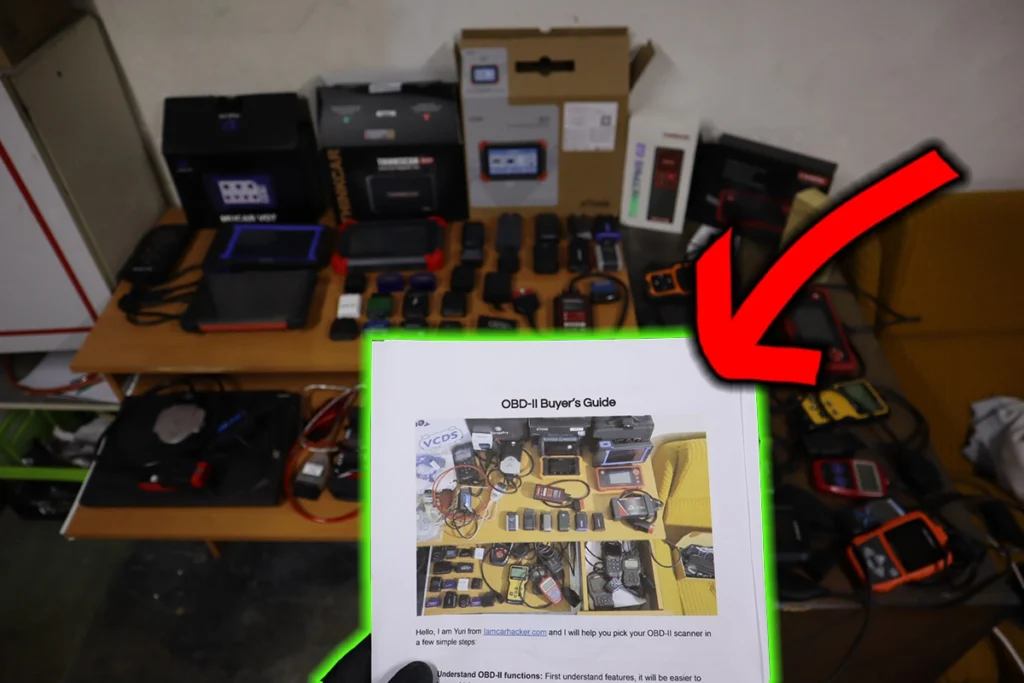The P0A33: Drive Motor “B” Temperature Sensor Circuit High code indicates that the temperature sensor for Drive Motor “B” is sending a signal that is higher than expected. This sensor monitors the motor’s temperature to prevent overheating, and a high signal could result in false temperature readings, leading to incorrect motor management and potential system malfunctions.
P0A33 – Quick Overview
| Code | Information |
|---|---|
| Meaning | P0A33: Drive Motor “B” Temperature Sensor Circuit High |
| Is it serious? | Yes, a high signal can lead to incorrect temperature readings, potentially causing damage due to improper motor cooling management. |
| Possible causes | – High signal in Drive Motor “B” temperature sensor circuit – Faulty Drive Motor “B” temperature sensor – Signal processing issue |
| How to diagnose? | – Measure signal voltage in Drive Motor “B” temperature sensor circuit – Test Drive Motor “B” temperature sensor operation – Inspect signal processing module |
P0A33 Meaning
The P0A33 code signals that the Drive Motor “B” temperature sensor is sending a higher-than-expected signal, which could lead to false readings about the motor’s temperature. This can cause the vehicle’s system to overcompensate, either limiting power or triggering unnecessary cooling. The problem may stem from a faulty sensor, wiring issues, or a malfunction in the signal processing module.
Step-by-step diagnostic guide
| Action | Description | Tools Needed |
|---|---|---|
| Check for Other Codes | Use an OBD-II scanner to check for additional related codes, particularly those involving motor or sensor circuits. | OBD-II Scanner |
| Measure Signal Voltage | Use a multimeter to measure the signal voltage from Drive Motor “B” temperature sensor and compare it to manufacturer specifications to determine if the signal is too high. | Multimeter |
| Test Drive Motor “B” Temperature Sensor Operation | Use a diagnostic tool to verify the functionality of the temperature sensor and ensure it is providing accurate readings within the proper range. | Diagnostic Tool |
| Inspect Signal Processing Module | Test the signal processing module to verify that it is interpreting data correctly from the temperature sensor. | Diagnostic Tool |
| Inspect Wiring for Faults | Visually inspect the wiring and connectors for damage, corrosion, or loose connections that may be causing a high signal. | Flashlight, Multimeter |
| Replace Faulty Components | If necessary, replace the temperature sensor, repair any damaged wiring, or address any issues with the signal processing module. | Replacement Parts (Sensor, Wiring, Signal Processing Module) |
| Clear the Code and Test Drive | After repairs, clear the code using an OBD-II scanner and perform a test drive to ensure the temperature readings are accurate and the motor operates properly. | OBD-II Scanner, Vehicle Manual |
| Recheck for Codes | Re-scan the system to confirm that the P0A33 code has been cleared successfully. | OBD-II Scanner |
Free PDF: How to choose OBD2 scanner

I’ve made you a free PDF to choose the OBD2 scanner in 5 minutes.
✅ Which OBD2 scanner is best?
✅ Which type should you get (DIY, Pro, Hobby)
✅ What is the best scanner for the exact brand/feature (e.g best for BMW)
✅ How to get a Bi-Directional tool for as cheap as $40
✅ Discount coupons for scanners
PDF is 100% free and it is designed to help you pick a scanner in less than a few minutes! Not a boring 50-page guide.
Just tell me where to send it.

Hi, I am Juraj “Yuri” Lukacko. I got frustrated by unhelpful and scammy mechanics, so I decided to learn everything about car diagnostics myself. I test dozens of new car diagnostic tools every month along with learning new strategies to fix and customize cars. About Juraj Lukacko (Yuri)